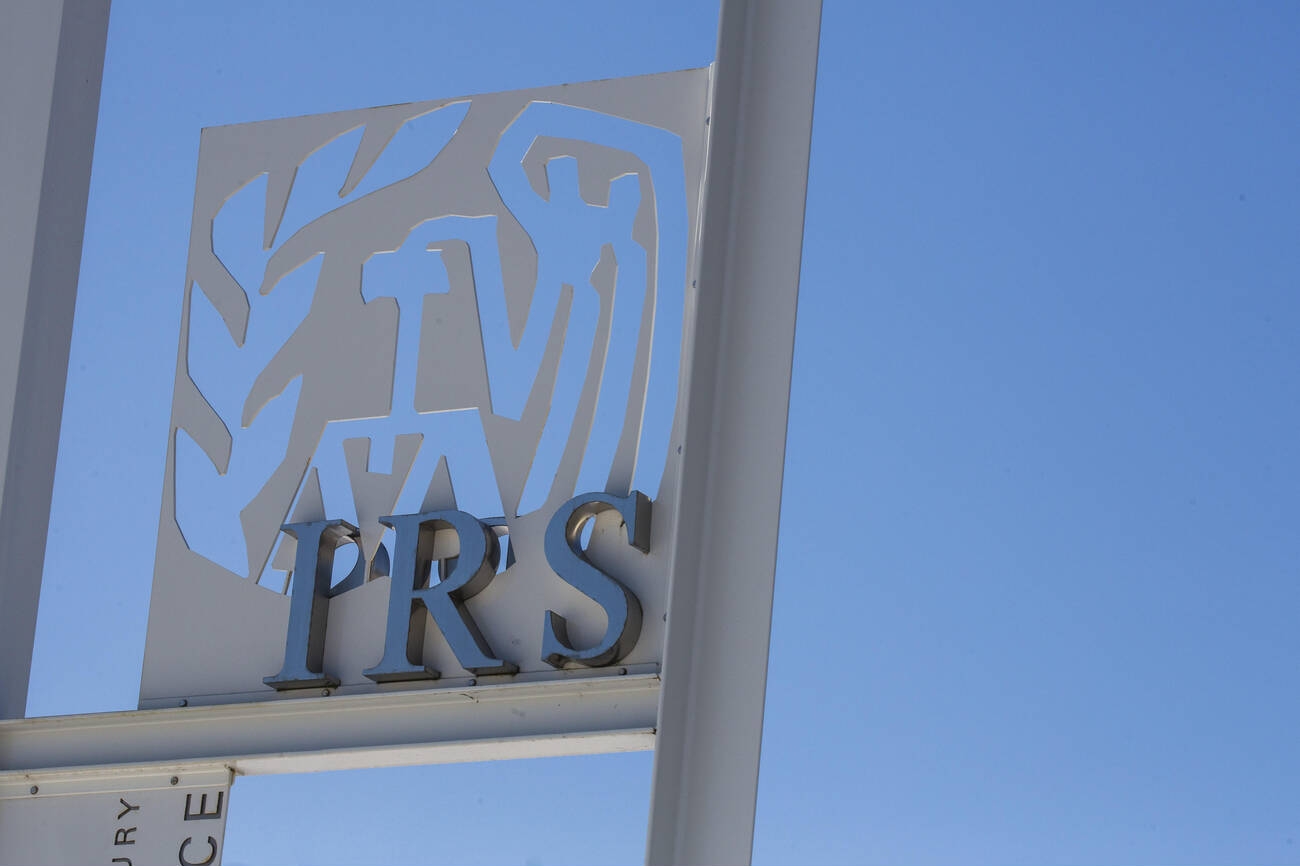The Roth 401(k) has been around longer than many people think. It was introduced about 20 years ago as an alternative to regular 40(k) plans. But this “newfangled” plan has been relatively slow to catch on with the public. Now new legislation dubbed SECURE Act 2.0, a follow-up to the initial SECURE Act of 2019, may give the Roth 401(k) option more juice.
How it works: As the name implies, a Roth 401(k) is a hybrid retirement plan that an employer may provide to its employees. It combines several elements of traditional 401(k) plans with Roth IRA features in designated accounts.
As with a traditional 401(k) plan, eligible employees can elect to defer part of their salary to a Roth account, subject to annual tax law limits. The employer may also choose to provide matching contributions up to a percentage of salary. Contributions benefit from tax-deferred growth within the account.
For 2023, a participating employee can contribute up to $22,500 in elective deferrals or up to $30,000 if they are age 50 or over. In comparison, contributions to a regular Roth IRA in 2023 are limited to $6,500 or $7,500 if age 50 or over. Note that the ability to contribute to a Roth IRA is phased out for high-income taxpayers, but there’s no such restriction for a Roth 401(k).
However, unlike a traditional 401(k), contributions to an employee’s account are made with after-tax dollars instead of pre-tax dollars. Therefore, you forfeit a key tax benefit of 401(k)s. On the plus side, after an initial period of five years, “qualified distributions” are 100% exempt from federal income tax, just like qualified distributions from a Roth IRA. In contrast, regular 401(k) distributions are taxed at ordinary income rates reaching as high as 37%.
For this purpose, “qualified distributions” include distributions that are:
- Made after the participant has attained age 59½
- Made due to death or disability; or
- Used to pay for “first-time homebuyer expenses” (up to a lifetime limit of $10,000).
Therefore, you can take a Roth 401(k) distribution in retirement after age 59½ and pay zero tax, as opposed to the hefty tax bill that is often due with payouts from a traditional 401(k) plan.
New law update: Under SECURE Act 2.0, catch-up contributions to 401(k) plans must be made to designated Roth accounts for employees earning more than $145,000 a year, beginning in 2024. This figure will be, indexed for inflation.
In addition, the new law no longer mandates required minimum distributions (RMDs) from Roth 401(k) accounts. Under the usual rules, you must begin taking RMDs from qualified plans and IRAs after attaining a specified age. SECURE Act 2.0 increases the threshold from age 72 to 73, beginning in 2023. (The initial SECURE Act increased it from age 70½.) But Roth 401(k) account holders are exempted from this requirement for lifetime RMDs, beginning in 2024. (Owners of Roth IRA were already exempt from the RMD rules.)
Consider all the implications resulting from the new law. Your financial and tax advisors can provide whatever guidance you need.
Thanks for reading CPA Practice Advisor!
Subscribe Already registered? Log In
Need more information? Read the FAQs
Tags: Benefits, Income Tax, IRS, Taxes





